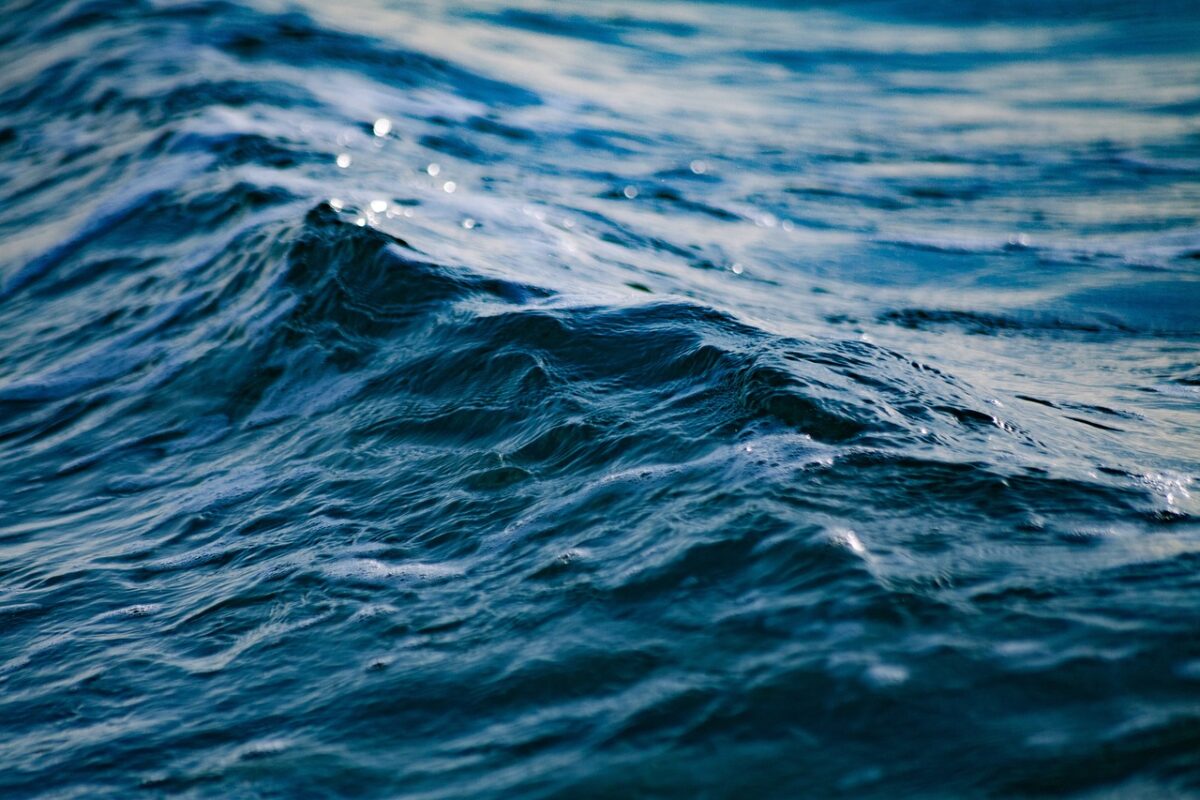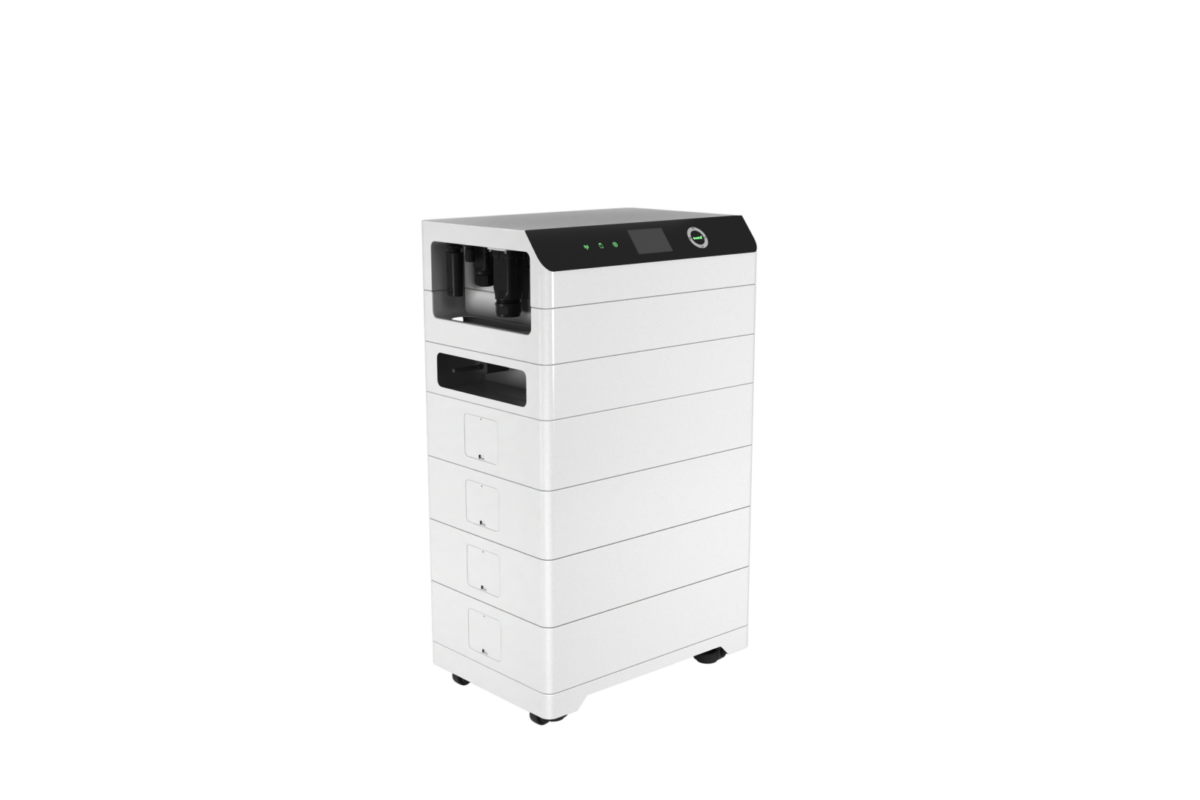SWBs are a promising type of sodium-based battery technology which uses seawater as the cathode. One of their advantages is the ability to store energy over short and long timeframes and provide even annual storage.
In a recently released paper, researchers from the University of Perugia and the Sapienza University of Rome have explored the potential of SWBs focusing on renewables-rich Sardinia Island as a case study. The SWB technology they considered employed sodium-biphenyl (Na-BP) as the anolyte. It resembles a conventional redox flow battery with both the anolyte and the catholyte (seawater) flowing through the battery cells.
According to the researchers, a key strength of Na-BP-based SWBs lies in the possibility to externally store metallic sodium. This allows for an extension of the storage timeframe by increasing the Na metal external reservoir, enabling hourly to monthly and seasonal energy storage with only one device and thus decreasing the investment costs.
“This work aims at demonstrating the applicability of SWB to meet the European energy requirements, to arise the interest of the public and private sectors into the further development needed to bring the laboratory scale cells so far developed into commercial applications,” said the researchers.
To this aim, the researchers have investigated SWBs for short-term application when coupled with wave energy converters and found that this could allow for a potential reduction of more than 85% of generated power fluctuations on the Sardinian grid. In this case, the power ramp up reduction was calculated as the difference between two consecutive power values with a timestep of one second and the energy was stored in the Na-BP anolyte.
In the long-term scenario, the researchers found that SWBs could allow for coverage of Sardinia’s seasonal and even annual energy demand thanks to high volumetric densities of Na metal, which is around four times that of compressed hydrogen at 700 bar. The full decarbonization of the Sardinian grid involves integration of approximately 340,000 m3 of Na metal, corresponding to a 12-meter-high Na reservoir covering a surface of less than four soccer fields, the researchers calculated.
They also found that SWB application could eventually meet around 29% of the desalinated water requirements of the Sardinian population, in addition to harnessing its carbon-dioxide capture auxiliary functionality, which results in 37.3 grams of CO2 per stored kWh.
“The results of the modeling demonstrate the effectiveness of SWB-based energy storage combined with the abundant renewable sources of Sardinia, enabling the full decarbonization of the energy system on the island,” the researchers write. “Moreover, SWBs desalination and CO2 capture functionalities is an exemplar of clean energy transition implementation that can be extended to other islands and coastal areas.”
They discussed their findings in “Na-seawater battery technology integration with renewable energies: The case study of Sardinia Island,” which was recently published in Renewable and Sustainable Energy Reviews.
This content is protected by copyright and may not be reused. If you want to cooperate with us and would like to reuse some of our content, please contact: editors@pv-magazine.com.




1 comment
By submitting this form you agree to pv magazine using your data for the purposes of publishing your comment.
Your personal data will only be disclosed or otherwise transmitted to third parties for the purposes of spam filtering or if this is necessary for technical maintenance of the website. Any other transfer to third parties will not take place unless this is justified on the basis of applicable data protection regulations or if pv magazine is legally obliged to do so.
You may revoke this consent at any time with effect for the future, in which case your personal data will be deleted immediately. Otherwise, your data will be deleted if pv magazine has processed your request or the purpose of data storage is fulfilled.
Further information on data privacy can be found in our Data Protection Policy.